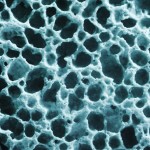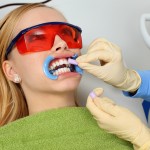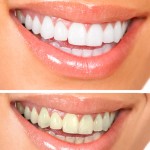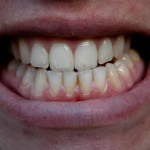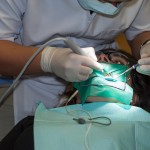
This review of different bleaching agents used for internal bleaching of endodontically treated discoloured teeth included 8 studies. While the findings suggest all agents had a positive effect the quality of the avaiiable studies is low so the findings should be interpreted cautiously.
[read the full story...]